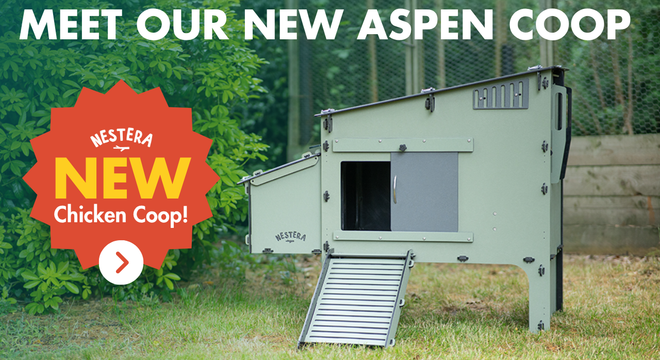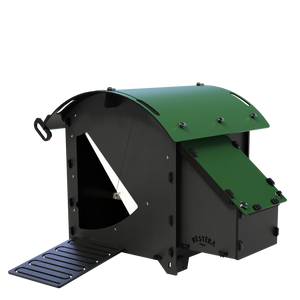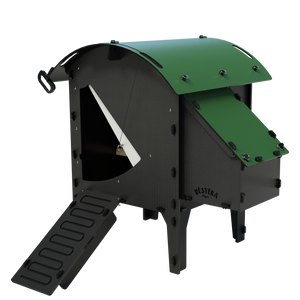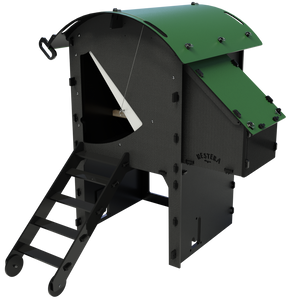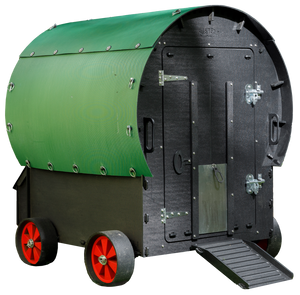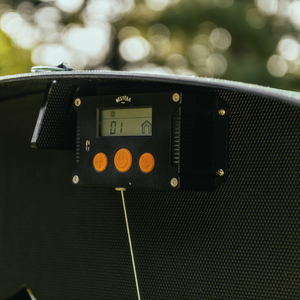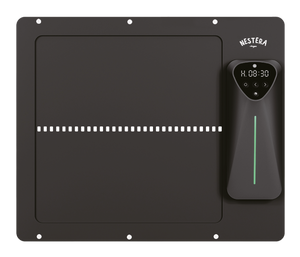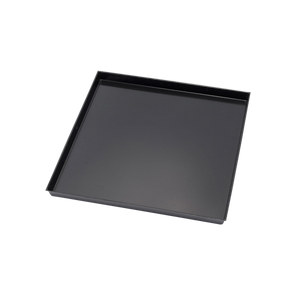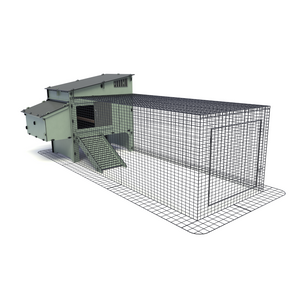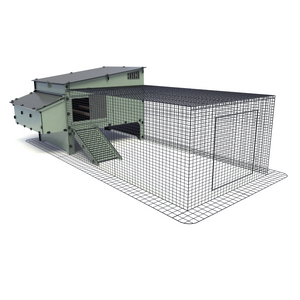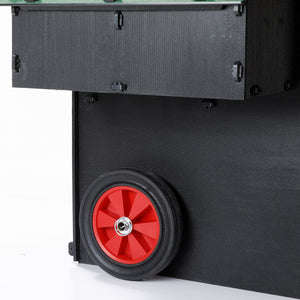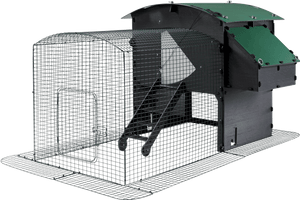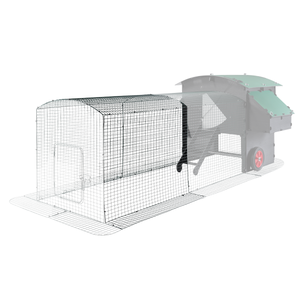Feeding backyard chickens isn’t a one-size-fits-all job. As the seasons change, so do your hens’ nutritional needs. Temperature, daylight hours, and their natural laying and moulting cycles all affect what they require to stay healthy, lay strong eggs, and thrive
Here’s a seasonal guide to feeding backyard chickens and ensuring they get the right diet year-round.
Spring: Boost Protein and Fresh Greens

As days get longer, egg production often increases. Spring is a season of growth and higher energy demands.
-
Increase protein intake: Hens need more protein for egg production. Keep high-quality layers pellets available at all times.
-
Protein-rich treats in moderation: Mealworms, black soldier fly larvae, or sunflower seeds make excellent protein boosts.
-
Encourage foraging: Spring grass, weeds, and garden greens provide natural vitamins and minerals.
-
Provide grit: With increased egg production and more foraging, ensure mixed grit (flint and oyster shell) is always available.
Summer: Focus on Hydration and Calcium

Hot weather can suppress appetites and increase the risk of dehydration.
-
Keep them hydrated: Always offer cool, clean water. Add electrolytes during heatwaves.
-
Adjust feeding times: Feed during cooler hours (morning and evening) to encourage eating.
-
Offer water-rich foods: Cucumber, melon, or lettuce (in small amounts) can help keep birds hydrated.
-
Support shell quality: Continue providing oyster shell for calcium, especially during peak laying.
Autumn: Support Moulting with Extra Protein

As the days shorten, hens often moult, shedding old feathers and growing new ones.
-
Boost protein levels: Feathers are 80–85% protein. Increase feed protein to 18–20%, switch to a grower or breeder ration temporarily, or add protein treats.
-
Provide energy-dense foods: Sunflower seeds, peas, or cooked beans help with regrowth.
-
Avoid empty-calorie treats: Skip bread or excessive corn-only diets.
-
Expect a laying dip: Reduced egg production is natural during moulting.
Winter: Add Calories and Vitamin D

Cold weather means chickens burn more energy to stay warm, and shorter days can slow egg production.
-
Increase calories for warmth: Offer scratch grains, cracked corn, or whole oats in the evening to help them generate heat overnight.
Stick to balanced feed: Keep layers pellets as the main diet but supplement with extra grains when needed. -
Support vitamin D: Less sunlight means less natural vitamin D, which is vital for calcium absorption and bone strength. Use fortified feeds or allow outdoor access when possible.
-
Encourage appetite: Warm, wet mash (pellets mixed with warm water) can tempt birds to eat in cold weather. A pinch of aniseed powder may also help.
-
Provide winter greens: Cabbage, kale, or sprouted grains help fill the gap when pasture is scarce.
Year-Round Chicken Feeding Essentials
No matter the season, these basics stay the same:
-
Main diet: A complete layers pellet or appropriate ration based on age and laying status.
-
Fresh water: Replace daily.
-
Mixed grit: Always available to aid digestion and support shell formation.
-
Treats in moderation: Keep them below 10% of the overall diet to prevent imbalances.
Final Thoughts
By making small, seasonal adjustments to your chickens’ diet, you’ll support their health, productivity, and happiness throughout the year. From protein-packed springtime meals to vitamin D-rich winter diets, every season brings unique needs—but with the right feeding strategy, your flock will thrive in any weather.
